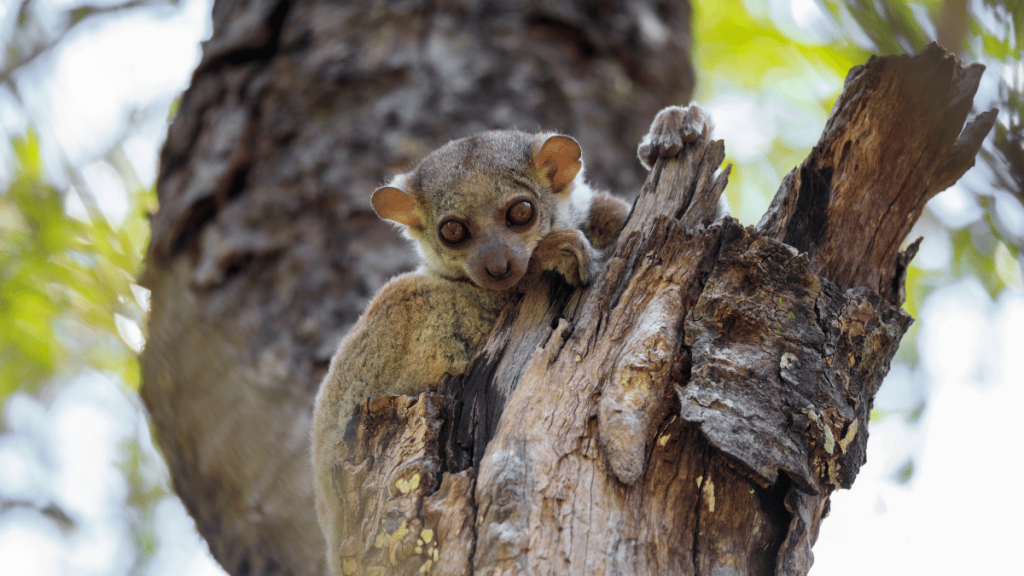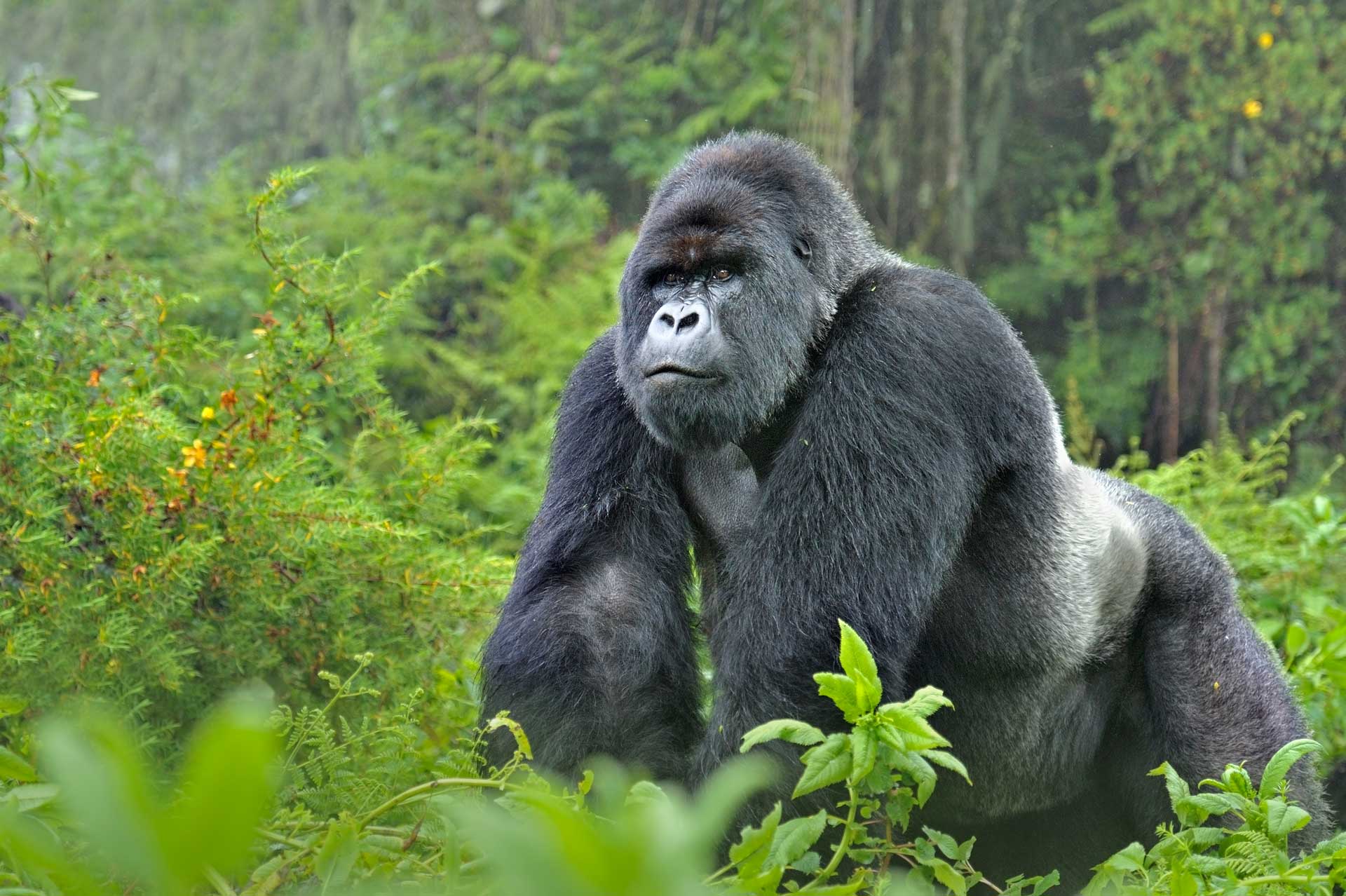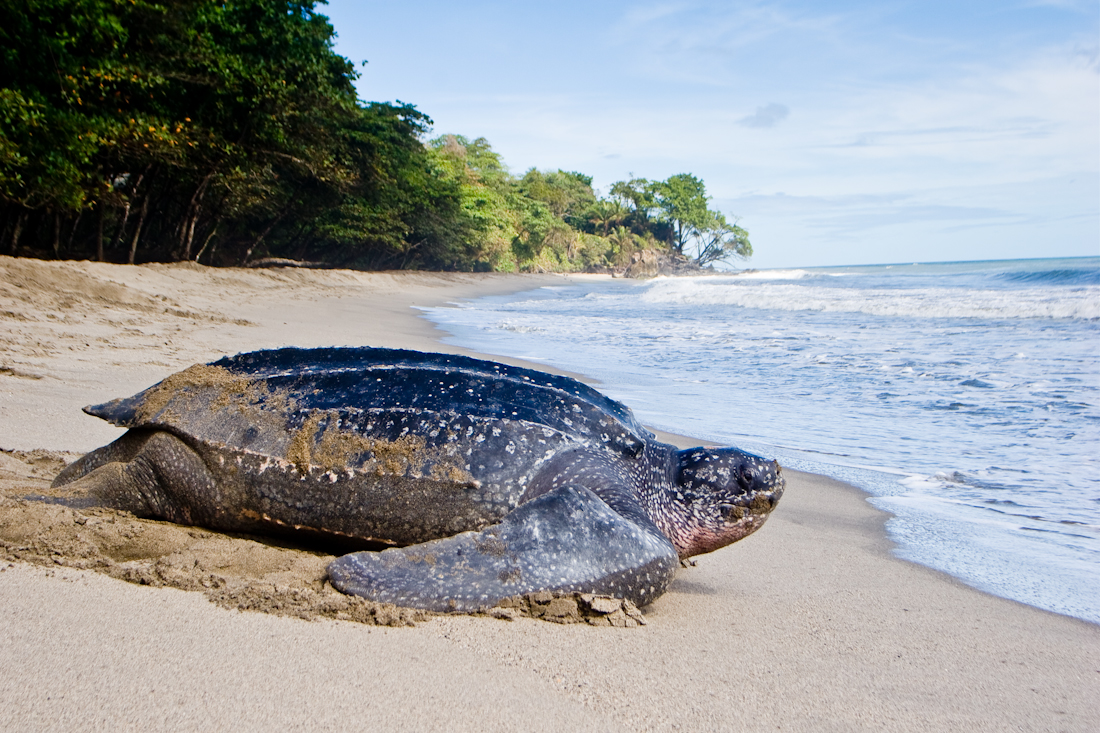Many new species are being added to the endangered animal list all of the time. Much of this is a result of the destruction of their natural habitats from humans. Despite efforts all around the world to protect endangered species, there has been an unprecedented number of animals on the brink of extinction. Check out the list below for the top 7 most endangered animals.
The Javan Rhinoceros
There are less than 60 Javan Rhinoceros in the world today. This makes them one of the most endangered animals on the planet. Of all the species of rhinoceroses in the world, the Javan Rhino has the highest risk of going extinct. Due to the massive deforestation on their homelands, these rhinos are migrating long distances to settle somewhere else. In addition, poachers hunt them for their horns. Asian culture believe that Javan Rhino horns create some potent medicine for all sorts of ailments.

The Tiger
The tiger is the biggest cat in the world. Unfortunately, the rate at which this endangered animal is declining calls for serious concern. Researchers have shown that there are less than 3,000 tigers in the entire world.This is due to their natural habitats decreasing by as much as 40% in the last 20-30 years.
Another extremely disturbing reason why tigers rank so highly on the endangered animals list is because people hunt them for their skin and other body parts. Tiger’s body parts are found in many Asian medicines. The skin is used in the making of leather bags and shoes. Additionally, climate change has been a big factor for their extinction in countries like Bangladesh and India.

The Amur Leopard
This is one of the rarest cats in the world. Its habitat includes the secluded regions of the Far East of Russia. Hunters typically kill these cats with the use of snares. Their skins and corpses then go from Russia and China to other parts of Asia where they become expensive bags, shoes, and medicines.
The negative impact of inbreeding has been another major factor why these animals are going into extinction. The reduced population and lifespan of the animals are as a result of some deadly diseases. Infrastructural projects such as rail lines, gas lines and ports have also contributed to the extinction of Amur Leopards.

The Northern Sportive Lemur
The Northern Sportive Lemur is one of the most endangered animals in Madagascar. In fact, scientists believe that there may be less than 20 northern sportive lemurs in the whole country. The reason for the sharp decline of this animal is due to excessive hunting and the logging activities that destroyed a tremendous amount of their natural habitats. The typical Northern sportive lemur is very tiny in nature, with a total weight of fewer than 2 lbs. The animal does have large eyes that provide it with a wider vision.

The Western Lowland Gorilla
The Western lowland gorillas are gentle giants that are always a delight to watch. Constant hunting and disease are quickly killing off their number, making them one of the most endangered animals in the world. Hunters kill the Western lowland gorillas for bushmeat in the forest, especially in East and Central Africa. According to the United Nations, the Western lowland gorilla is one of the animals that deserve urgent care and protection. If hunters continue to kill them at the same rate, they will go extinct in less than 10 years.

The Vaquita
The Vaquita means “small cow” in Spanish. It is one of the smallest and rarest species of marine animals. Scientists believe there to be as few as 30 left in the world today, despite many efforts by conservation organizations to save them. One of the main reasons the Vaquita is going extinct is because it often gets tangled in nets and drowns in them.

The Leatherback Sea Turtle
The leatherback sea turtle is the biggest turtle in the world. In addition, this species has survived for more than 100 million years. The turtle main habitat is Pacific. Right now there are less than 2,300 reproductive females in existence. While the Atlantic turtles have stable population, marine scientists predict that they may become extinct in the next few years due to large numbers of adult leatherback turtles being caught by fishing fleets.

